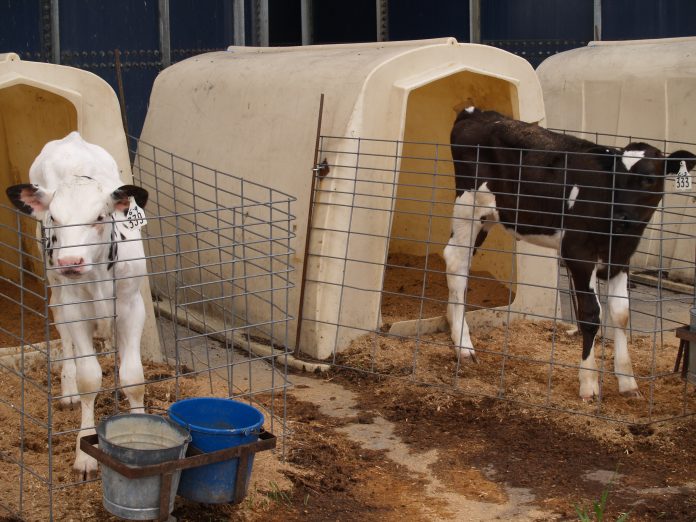As we continue to conduct research on improving milk yield and animal health in dairy herds, additional focus in recent years has been on fetal programming aspects in how dry cows are fed and managed on calf survival and performance.
In addition, the focus has been on feeding and managing the preweaned calf on its performance, health and milk yield and survival after entering the lactating herd. It’s been quite interesting to observe the mounting information about how impacts of the in utero and preweaning periods can have long term impacts on performance as to when (age) the heifers enter the lactating herd and their performance and survival after they enter the herd.
Prior to some of this research, the thought was that practices during these early periods had little impact on the long-term performance of the heifers, but we now know different.
New study
In a paper published in the February 2021 issue of the Journal of Dairy Science, European researchers investigated the impacts of serum total protein after colostrum feeding, starter intake during the last week of the preweaning period, and average daily gain preweaning on the fertility and performance of Holstein heifers during their first lactation.
The 84 calves used in the study were weaned at d 56 of age. In the first 12 hours of life, calves received 4 L (about 4 quarts) of colostrum in two separate feedings, and then the milk feedings consisted of 2 feedings/day of 2 L of transition milk on days 2 and 3; from days 4 to 49 fed 6 L/day of milk replacer in 3 feedings; and from days 50 to 56 fed 2 L/d of milk replacer in 1 feeding.
The calves were fed pelleted starter from days 4 to 56, and after that from 8 weeks until 3 months of age, a dry total mixed ration was fed. Initial serum total protein concentration was positively associated with improved growth performance, artificial insemination first service, and age at calving.
Initial serum total protein concentration at > 6 mg/dL resulted in increased total milk yield of about 3,438 pounds during first lactation. Calves with higher starter intake had better growth performance and was positively associated with fertility parameters, accelerated first estrus (by 17 days), and reduced age at artificial insemination service (by 13 days). Preweaning average daily gain was favorably associated with fertility, with faster occurrence of first estrus and a reduction in age at artificial insemination service, and increased milk yield.
Therefore, we need to continuously focus on feeding and management practices to provide effective passive transfer of immunity for the newborn calf, encourage high intakes of starter feed, and achieve high average daily gain.
Several studies at Ohio State have been conducted on various milk feeding practices, starter composition and housing practices of preweaned dairy heifers.
For example in one study, the fatty acid composition of milk replacer had minimal impacts on preweaned calf performance but showed evidence of affecting milk yield during the first 16 weeks of lactation. One of our consistent findings is that pair-housed calves consume more starter during weaning than single housed calves.
Thus, feeding and housing practices of preweaned calves can have long-term implications — it’s not a long shot.













